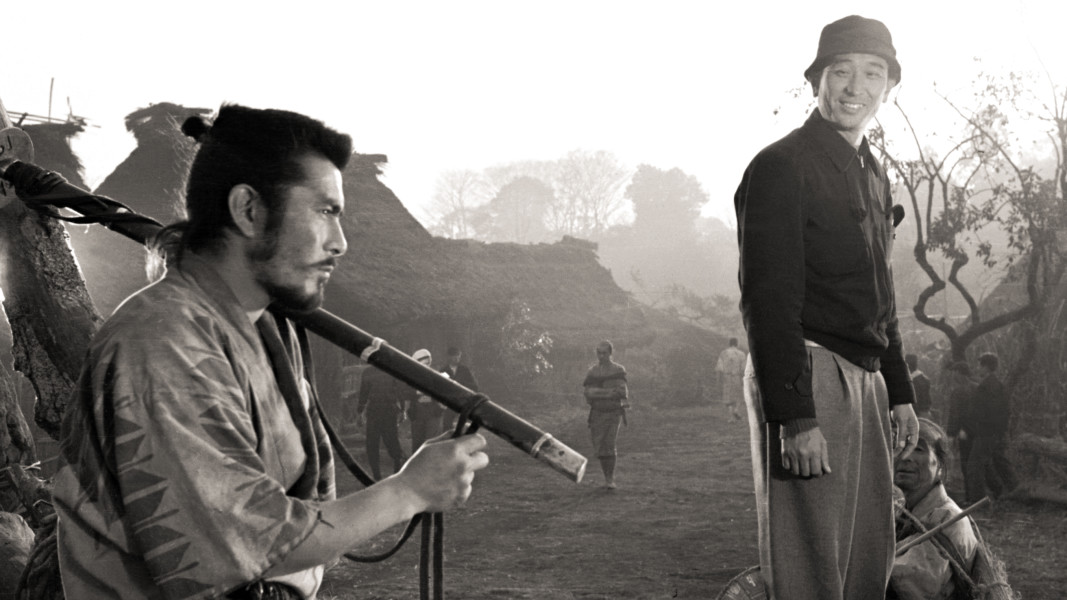
Who Was Akira Kurosawa?
Filmmaker Akira Kurosawa began his career as an assistant director in the years leading up to World War II. In 1950, he gained international acclaim for the samurai tale Rashomon, which he followed with such influential films as The Seven Samurai, Throne of Blood and Yojimbo. After a difficult period during which he failed to find backing for his projects and also attempted suicide, his influence on a younger generation of directors led to the resurrection of his career with the films Kagemusha and Ran. Kurosawa died in 1998, leaving behind an impressive body of work that has earned him a place as one of the greatest filmmakers of the 20th century.Why you should know about akira kurosawa?
Akira Kurosawa, considered Japan's greatest filmmaker and one of the world's greatest, is not a household name to Americans. But directing 30 films over 57 years before his death Sept. 6, 1998, his career belongs in the film pantheon. The director Francis Ford Coppola once noted that Kurosawa "didn't just make a masterpiece or two masterpieces, he made eight masterpieces."He also was tremendously influential on American movies, his samurai genre movies especially providing inspiration for Westerns and sci-fi epics we all know and love. If you'd like a way into Kurosawa's body of work, check out these famous American movies that were inspired by Kurosawa masterpieces. His work maybe more familiar than you think.
If you like Star Wars, watch Kurosawa's The Hidden Fortress.
you like The Magnificent Seven, watch Kurosawa's The Seven Samurai.
If you like A Fistful of Dollars, watch Kurosawa's Yojimbo.